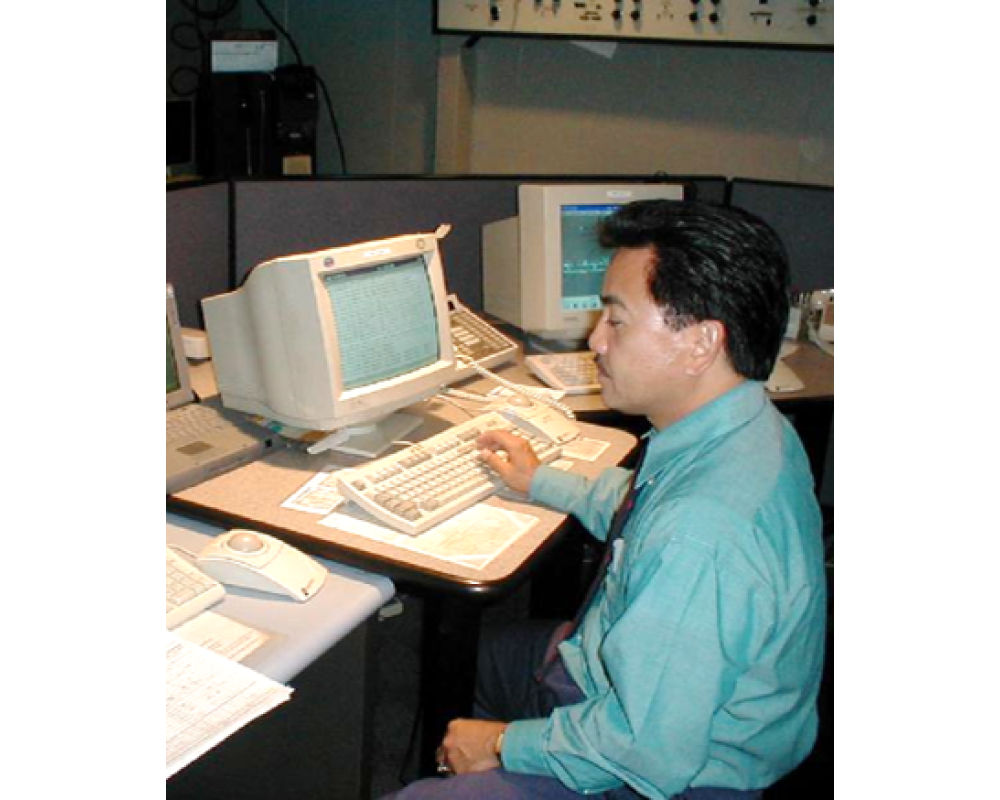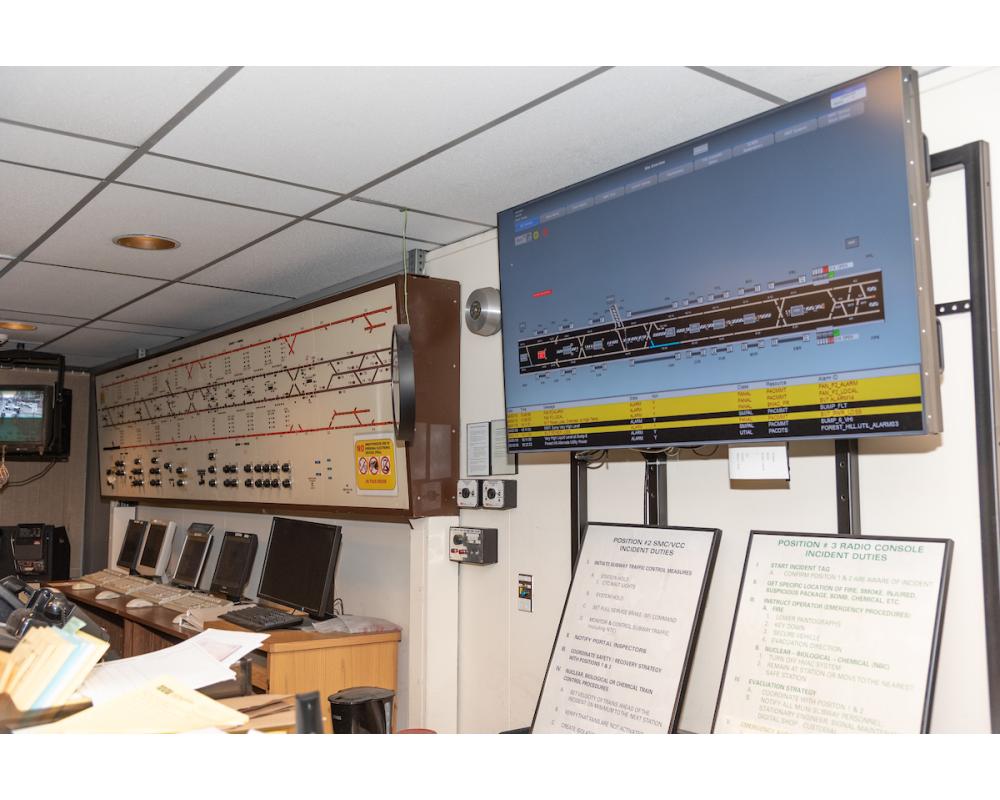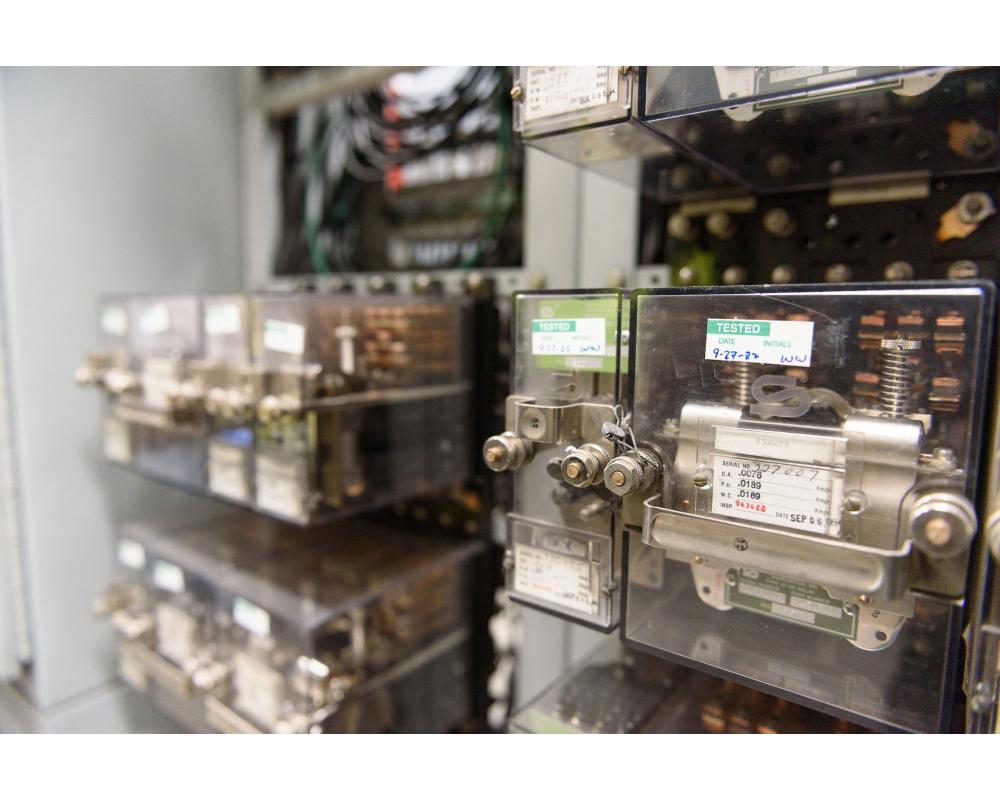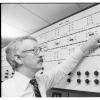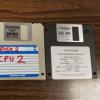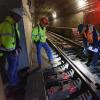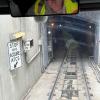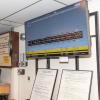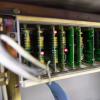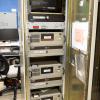What will the Train Control Upgrade Project (TCUP) do?
The Train Control Upgrade Project (TCUP) is a critical, once-in-a-generation investment to modernize and grow Muni Metro for decades to come. TCUP aims to replace the outdated system that currently controls our Metro trains in our subways with a new, state-of-the-art system, and extend the new system to all on-street Metro corridors.
Following the example of London and Vancouver, the SFMTA is on track to be the first transit agency in the United States to modernize its train control system. The new system will provide the tools to deliver more reliable, faster, higher-frequency, higher-capacity Muni Metro service throughout San Francisco.
TCUP is projected to be completed in seven phases. The first phase would install a new Communications-Based Train Control (CBTC) system on the street for the first time, along the Embarcadero and Third Street corridors. This new system would serve high-traffic destinations such as Oracle Park, Chase Center, Mission Bay and UCSF. The second phase would install and activate the new Communications-Based Train Control in the subway. Phases three through seven would expand the new Communications-Based Train Control to the on-street branches of the J Church, K Ingleside, L Taraval, M Ocean View, N Judah and T Third.
Why do we need to replace our train control system?
Critical limitations of the Automatic Train Control System (ATCS)
Today, Muni Metro runs on an Automatic Train Control System based on 1980s technology that was installed in the Market Street subway in 1998. It was designed to last 20 to 25 years. Now, some parts of the system are no longer made. For this reason alone, it’s vital that we replace the existing system before parts break and cause major Metro delays.
We also have a unique opportunity to invest in making significant improvements with brand new, cutting-edge technology.
The Automatic Train Control System is designed to communicate with Muni Metro trains along loop cable signal wires - a type of wireless technology from the 1980s. This technology transmits data slower than a dial up modem and has less power than a modern cell phone. So, the bandwidth and range of communication are low, the system can only transmit limited information and the software still runs on floppy disks.
The loop cable is also fragile and easily disturbed. This makes subway maintenance more difficult. It also means the system cannot be extended outside the subway, along on-street Metro corridors, where currently we don’t have automatic train control.
- Planificación (Planning)


